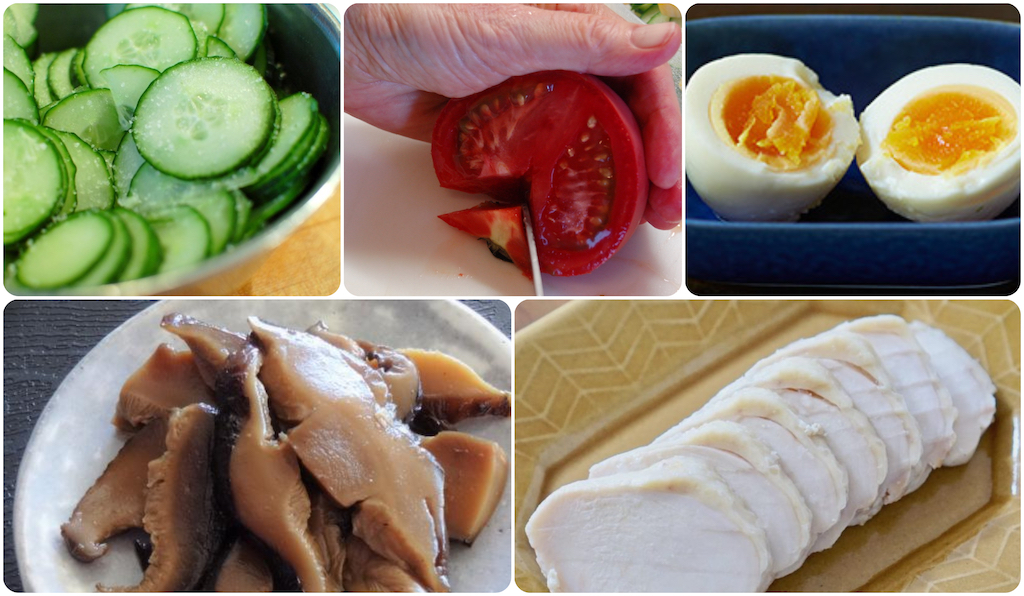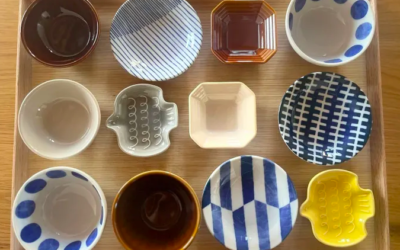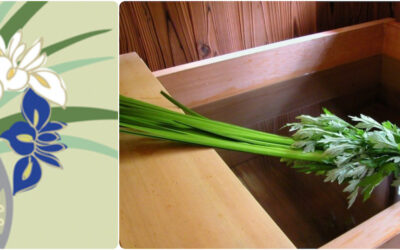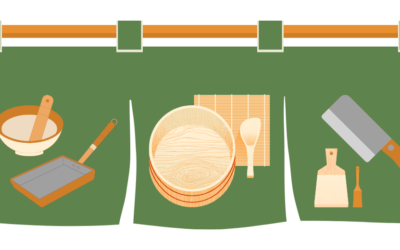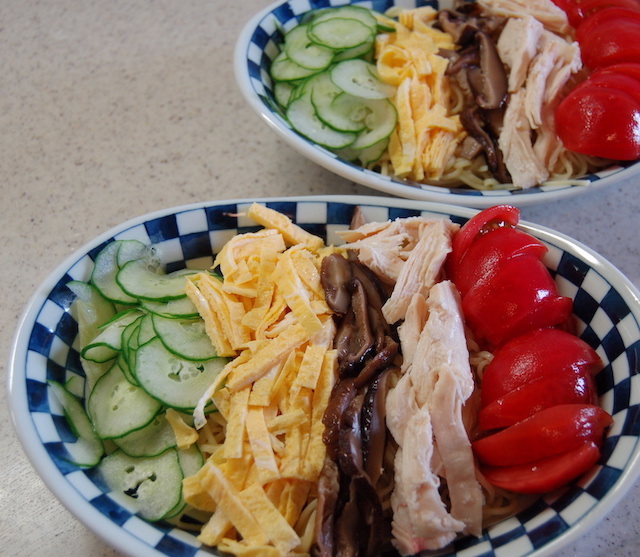
冷やし中華・Hiyashi Chūka
For centuries, the Japanese have adapted and adopted foods and food ways from many culinary traditions. Asia in general, and China in particular, has probably been the greatest source of “inspiration” over the years. In fact the highly popular Japanese summer noodle dish called hiyashi chūka (literally “chilled Chinese”) originated in Japan.
A fairly new creation in a very long history of noodle eating in Japan, hiyashi chūka is a tasty remedy for hot, sticky summer weather that saps energy and dulls the appetite.
A nutty, tart sesame dressing is served with the noodle salad. Two versions are popular, one that is creamy, the other that is clear.
ASSEMBLING HIYASHI CHŪKA SOBA Salad
To assemble the cold noodle salad, begin by cooking, rinsing and draining chūka soba noodles.
Then choose, and prepare, your colorful toppings: something GREEN (thin disks or narrow shreds of cucumber are simple to prepare but briefly blanched asparagus, broccoli, or snow peas are good choices, too); something RED (tomatoes, sweet red pepper strips, shreds of red-pickled ginger); something YELLOW (boiled eggs, strips of thin omelet, boiled corn kernals, sweet yellow pepper strips), something BLACK (or very darkly pigmented like shiitaké mushrooms, strips of toasted nori, sauteed eggplant with skin intact); something WHITE (kōji-poached chicken, poached fish, shredded daikon radish, tōfu).
Download instructions for Soy-Simmered Shiitaké.
Download instructions for Peeling Tomatoes.
Download instructions for Kōji-Poached Chicken.
Download instructions for Nutty & Tart Sesame Dressing.
For inspiration and further instruction in making cold noodle salads, head over to the PROJECT Cold Noodle Salad .
